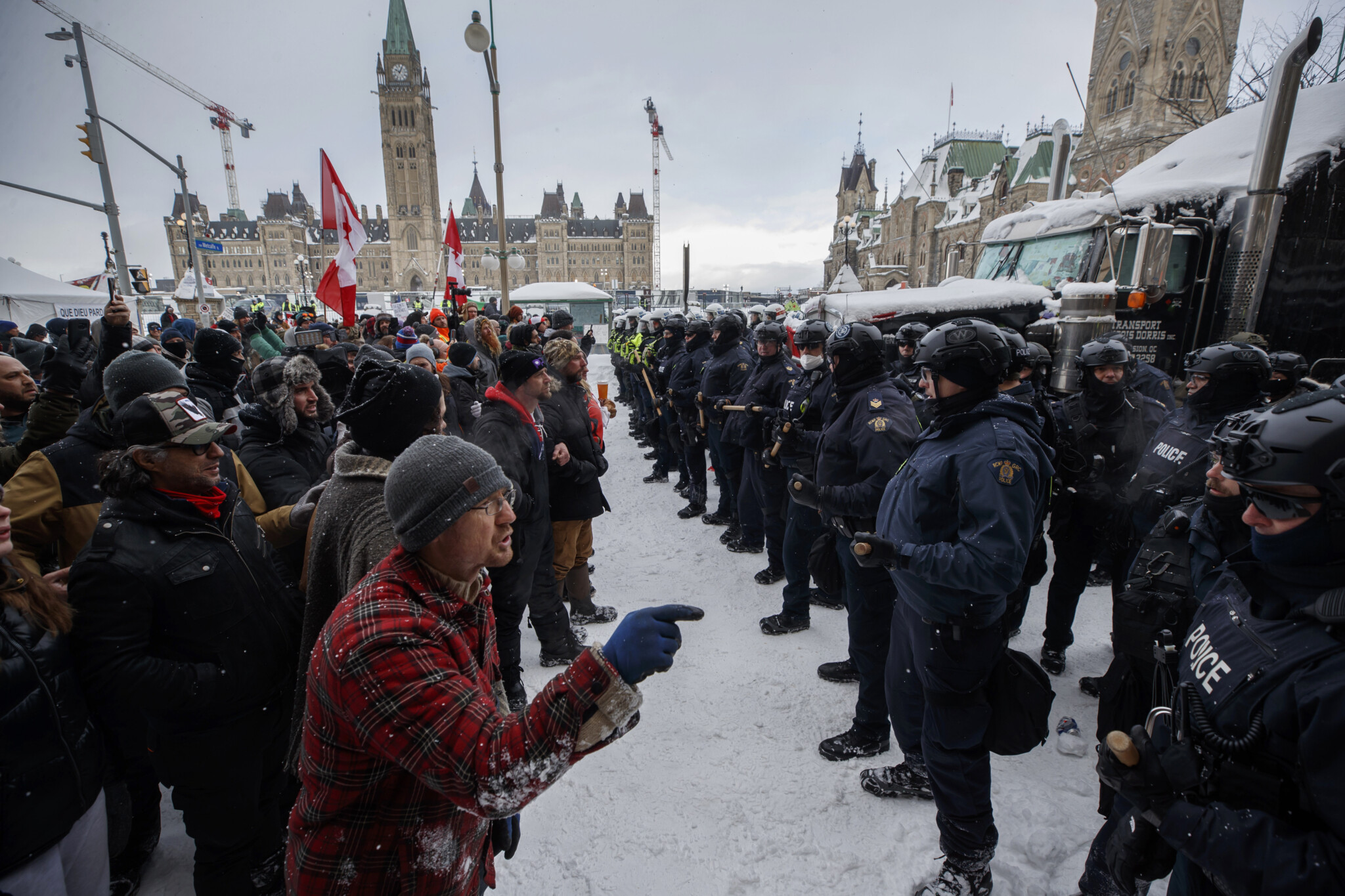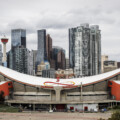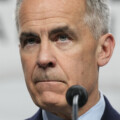It’s that time of year to bring back one of The Hub’s favourite traditions: giving our readers a head’s up on what they can expect in the year to come. As for how well our contributor’s crystal balls work, well, check out last year’s predictions and judge for yourself. Looking ahead, here are some can’t-miss predictions for 2025.
Political unrest will return to Canada’s streets
By Michael Kempa, a criminologist and a contributor to The Hub
Turmoil will be Canada’s driving force for 2025, driving increasingly violent mass protests that our state will finally be forced to reckon with through clearer laws and security practices.
At the time of writing in mid-December, the Liberal government of Justin Trudeau is busy collapsing upon itself. It is too hard to predict the depths of Trudeau’s hubris, so I cannot say whether the prime minister will cling effectively to his leadership or if the Liberal Party will undertake a sharp internal civil war to replace him in time for an election.
I can predict the battle lines, however: with her sharp resignation from cabinet, decrying the GST holiday as a “costly political gimmick” that will leave the cupboard bare for when we need it, Chrystia Freeland has now positioned herself as the anti-Trudeau while painting Mark Carney and his coterie as the Trudeau insiders with ties that bind to the past. Look to other high-fliers, such as Françoise-Philippe Champagne and Anita Anand, to follow Freeland’s exit example—achieving diminishing returns on perceived independence. This trickling exodus will give Trudeau’s eventual end as leader the drawn-out, painful quality of a late-stage bullfight.
Whatever happens internally with the Liberals, it remains the case that the most likely outcome is an election in the second half of the year. Jagmeet Singh seems keener on extracting as much as he can from the desperate Liberals, rather than salvaging his party’s electoral chances by dissociating himself from this limping horse of a government. His game is to try to extract a Trudeau resignation to wring some form of electoral benefit through working with an interim PM for several months prior to an election. A decent plan, but I predict no expansion of political acumen to see it well executed on the part of Singh in 2025.
The greater number of shockwaves that detonate between now and that election will see disparate groups of unhappy people (the Freedom movement, anti-global groups, and other populists of both the political Right and Left) come together in mass protest under the banner of focalising issues: financial downturn wrought by tariffs and a trade war with the Trump administration, along with the unmasking of weakening fundamentals that were hidden by skyrocketing immigration and housing prices over the Trudeau era; significant natural or health disaster requiring any form of intrusive government intervention; the expansion of Israel’s efforts to secure itself in a destabilising Middle-East.
Whenever it comes, the federal election will likely provide a temporary release valve on these accumulating pressures and so there will be a moderation of the protests, for a time: the likely outcome of a new Poilievre government will see the usual honeymoon period where many more moderate protestors cool their jets and are less susceptible to the sneaky radicalizing voices of extremists and hostile ideological opponent states.
How long that honeymoon lasts will depend on the extent of the pressurizing forces, most especially the economic downturn. That window of relative calm will hopefully see the courts clarify our rules of protest and supporting legislative action on the part of Prime Minister Poilievre.
As a corollary of applying that formal honorific in a predictive fashion, I can also safely predict many of the more militant progressive academics will write me off as a closeted Poilievre apologist or champion—leading to some tense moments at the spring faculty wine and cheese.









